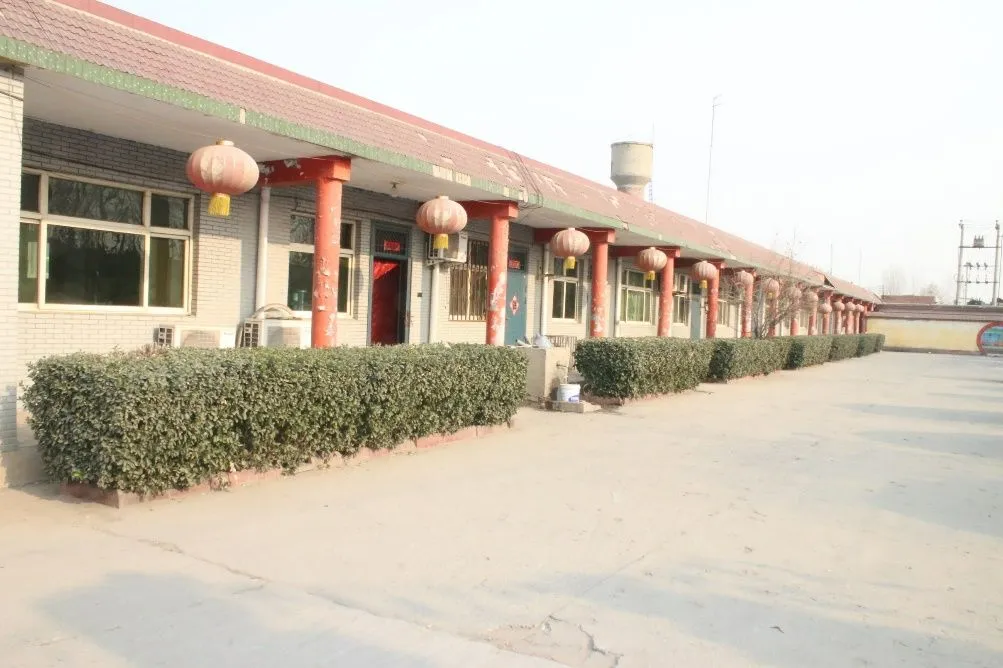" title='In terms of expertise, a reputable supplier should possess a comprehensive knowledge of different welding electrode types, such as cellulose, rutile, and basic coated electrodes. Their technical team should be adept at explaining the differences between these types and recommending the best option based on the specific requirements of a project, including material thickness, welding position, and desired mechanical properties. Furthermore, a supplier with expertise in welding technology will likely stay abreast of the latest developments, enabling them to offer cutting-edge solutions that enhance welding efficiency and quality.

'>In terms of expertise, a reputable supplier should possess a comprehensive knowledge of different welding electrode types, such as cellulose, rutile, and basic coated electrodes. Their technical team should be adept at explaining the differences between these types and recommending the best option based on the specific requirements of a project, including material thickness, welding position, and desired mechanical properties. Furthermore, a supplier with expertise in welding technology will likely stay abreast of the latest developments, enabling them to offer cutting-edge solutions that enhance welding efficiency and quality.
